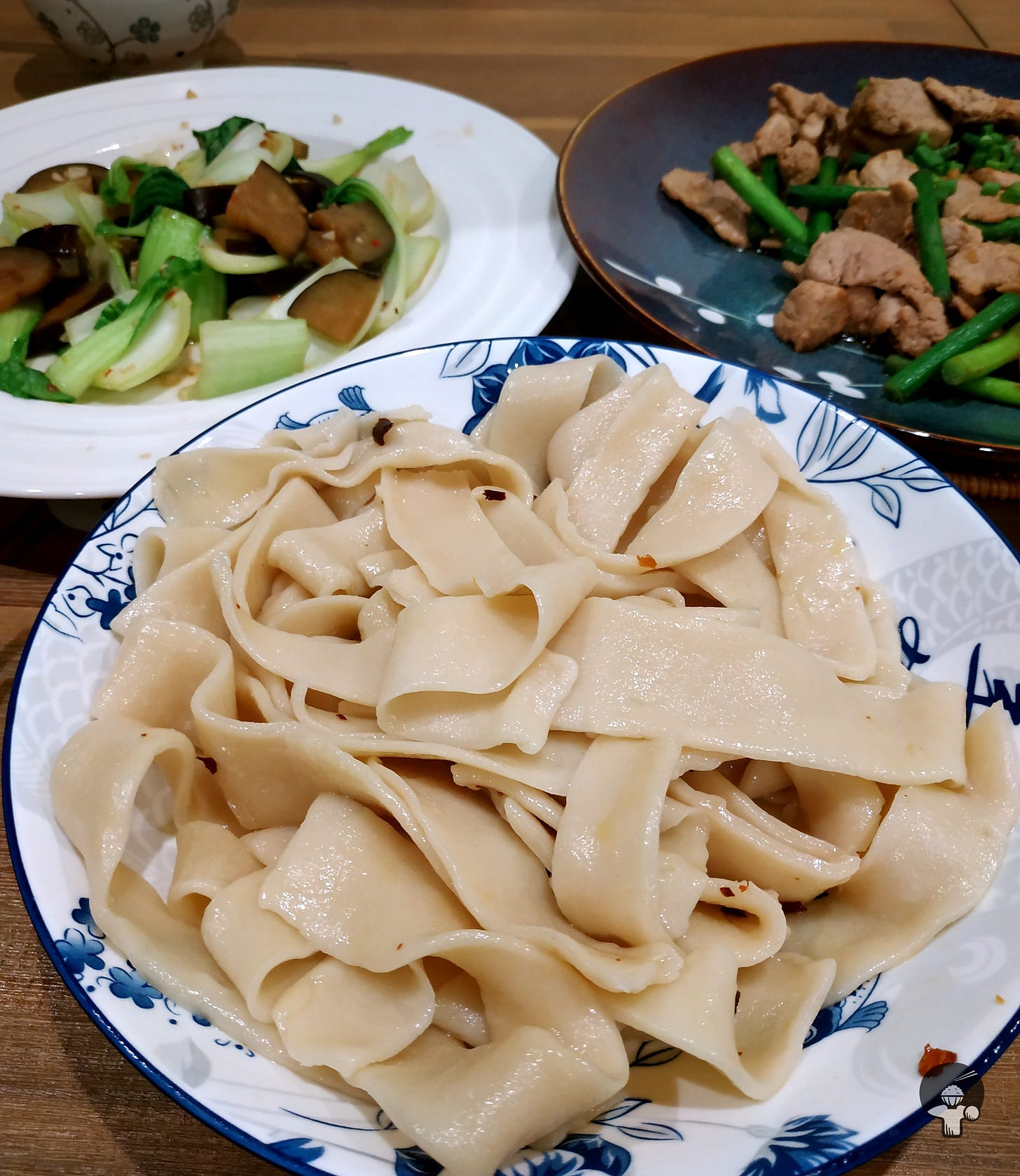Fuelling Properly for Training Matters
A well-fuelled body is primed for training, helping you get the most out of every session. After all, training isn’t just about showing up and doing the session to tick the box—it’s about getting better: sharpening your skills, building speed and strength, and refining technique. Each quality session gets you closer to your goals.
Prioritising proper fuelling—and paying attention to the little things is what sets you apart. It’s these small, consistent habits that contribute to making a difference towards your goal.
But here’s the reality: many athletes fall short when it comes to fuelling adequately for training. Over time, this shows up in your performance and health.
Sometimes you might scrape through a tough session on empty, but poor fuelling always catches up with you. Watch for these signs:
No progress in training (no PBs, no strength gains)
Gut issues (intolerances, GI upsets)
Frequent minor injuries, potentially followed by a major injury
Constant illness, especially around tournaments
For females: missed periods; for males: low libido
These are some of the long-term consequences of poor fuelling, and can really derail your sporting career if it isn’t addressed.
Barriers to fuelling faced by Asian athletes
Let’s be honest: eating before training can be a struggle, especially when you don’t know what to eat that isn’t going to cause stomach discomfort.
Have you ever stared at a list of Western snacks, wondering how you’re supposed to fuel when none of the options feel like “you”? Or maybe you’ve reluctantly eaten pasta as a pre-training meal because that’s what everyone else does, but deep down you’d rather have noodles?
Do any of the below sound familiar?
You’re unsure which foods will actually give you the energy to train and perform.
You struggle to find familiar Asian options, especially when you’re on the go or overseas competing.
You worry about stomach discomfort, so you’d rather not eat until after training.
You’re reluctant to ask for help again because you didn’t like the previous food recommendations from the dietitian.
You’re juggling a packed schedule and can’t figure out how to fit in proper meals or snacks.
You know you should be more organised with your food, but it just keeps slipping down the priority list.
Sometimes, it’s hard to see why all this matters—so it becomes low priority.
If you nodded along to any of these, you’re definitely not alone. Some Asian athletes I work with have felt this way too. Sometimes people just don’t get our food and how it connects with our upbringing and identity.
So let’s embrace our culture through fuelling. With a few tweaks and a little planning, the foods you grew up eating can be part of your performance toolkit.
Our foods aren’t inferior—they’re just misunderstood. The food you grew up with can fuel sporting performance, even if the mainstream advice hasn’t caught up yet.
Carbohydrates: Your Premium Fuel
Carbohydrates play a key role in helping your body perform at its best. It’s the preferred source of fuel for your muscles and brain during training and competition.
When you eat carbohydrate-containing foods, your body breaks them down into glucose, which we store as glycogen in our muscles and liver. This is our “fuel tank” for supplying energy to your muscles to delay fatigue onset during long training sessions or intense matches.
But carbohydrates aren’t just for physical stamina. They also keep your brain sharp. It helps you stay focused, think clearly, and make quick decisions.
A snapshot of Asian foods that contain carbohydrates:
White rice (Jasmine, short-medium-long grain, sticky rice, sushi rice)
Congee
Onigiri, kimbap, and sushi*
Wheat noodles (egg noodles, ramen, soba, udon, endless Chinese noodle varieties with different shapes, thickness and width, instant noodles)
Rice noodles (vermicelli, hor fun, pho noodles, pad Thai noodles)
Steamed buns (filled or plain mantou)
Dumpling/wonton skin
Roti, naan, and other flatbreads
Rice crackers, rice cakes, rice paper
Fruit—dried and fresh
Soybean milk and sachet cereal/grain drinks
Yoghurt drinks
Sweetened tea drinks
*Avoid deep fried fillings in sushi as the oily-nature can slow down digestion and cause unwanted stomach discomfort.


How much carbohydrate to aim for?
Carbohydrate needs aren’t “one-size-fits-all.” It depends on your training intensity, frequency of training, overall nutrition goals, and body weight.
You might think - “the numbers are so high!” But remember, you’re not training like the average person. Fuelling properly will be what sets you apart from the rest.
Remember these are just guidelines; in reality I have made adjustments to these for certain athletes based on their individual circumstances.
When you’re pushing your body through quality training sessions, you need to give it enough premium fuel. Think of it like driving from Melbourne to Sydney—you can’t expect your car to make the trip on half a tank without topping up along the way.
Carbohydrates aren’t just for fuelling before training—they’re also for topping up during a session, and refuelling that empty energy tank after training. Keep your eyes out for Part 2, where I take a deeper dive into this and provide practical strategies!




